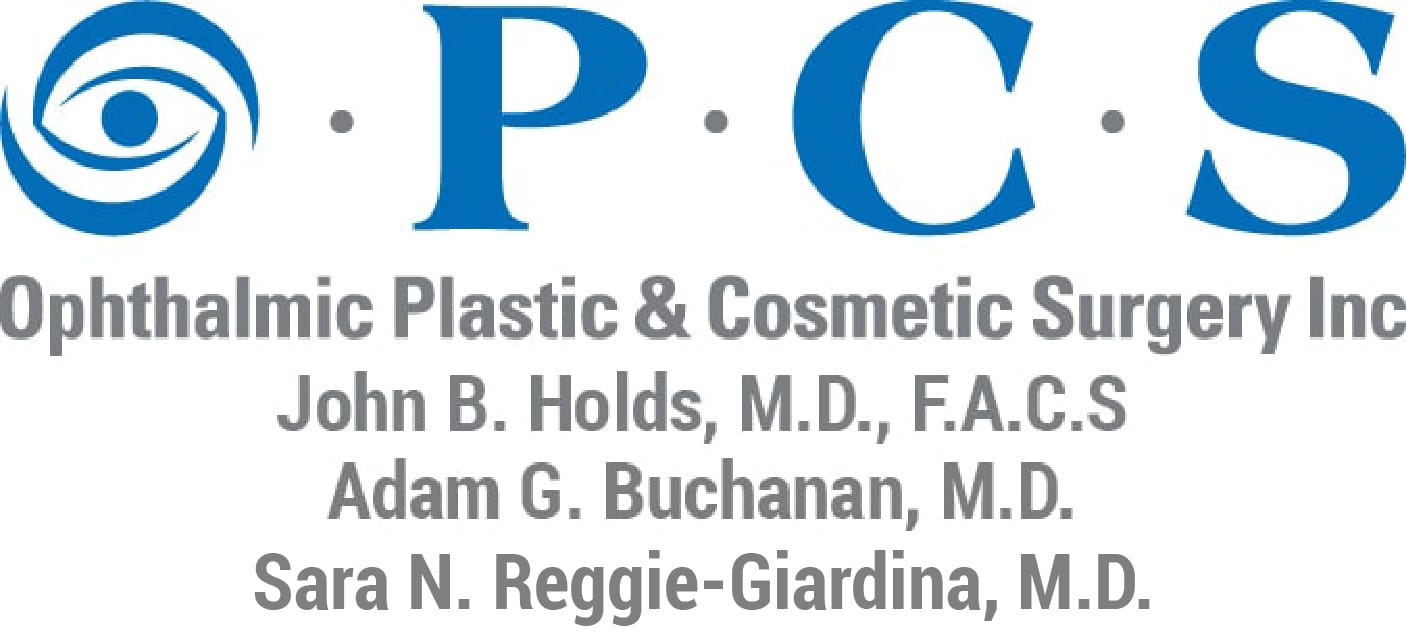What Is It Like to Get a Chemical Peel?
- Posted on: Jul 30 2020

Chemical peels are treatments that accelerate cellular turnover. Each treatment addresses multiple problems simultaneously by applying a custom acidic solution that stays on the skin for only a few minutes. Chemical peels can correct problems like rough texture, mild lines and wrinkles, and skin discoloration without the same risks as more aggressive laser treatments. Interestingly, chemical peels are not a new thing invented by modern science. History tells us that Cleopatra soaked in milk baths to enjoy smooth skin. The active ingredient that facilitated this was lactic acid (a form of alpha-hydroxy acid).
There are several reasons why chemical peels are popular. Treatments often take less than an hour. They are customized, and some patients need zero downtime after their procedure. Here, we break down how various peels work.
Mild Peels
Mild chemical peels are preferred by people who do not want any downtime and who have mild to moderate concerns to address. Mild peels are commonly formulated with fruit acid or alpha-hydroxy acids such as lactic acid, citric acid, or glycolic acid. These gentle peels often don’t cause any peeling. The skin may become slightly dry and flaky for a short time. With routine treatment, people can see an improvement in skin tone and texture and acne scars. Because mild peels are so, well, mild, a series is often needed to see significant improvement in more noticeable concerns.
Medium Peels
Medium-strength chemical peels contain a higher concentration of active ingredients. these may be trichloroacetic acid of 25% or more. A medium peel has downtime. It is expected to cause peeling and redness. A medium peel could also cause swelling and blisters that break open. People who get a medium-strength chemical peel will have to follow aftercare instructions to facilitate optimal healing. Instructions generally include avoiding sun exposure and applying a cream or lotion to the skin until peeling has stopped. This happens over about two weeks. After treatment, lines and wrinkles are usually noticeably reduced, pores appear smaller, the skin is more radiant, and scars are not as prominent.
Deep Peels
Deep chemical peels are often phenol peels. These are performed to treat uneven skin tone, sun damage, and more significant lines and wrinkles. Because of the depth of tissue affected, deep chemical peels are usually performed under general anesthesia. Due to the risks associated with deep peels, we do not perform them in our medical spa.
Light and medium chemical peels offer substantial gains with minimal downtime and no pain. To schedule a peel in our St. Louis office, call 314-567-3567.
Posted in: Chemical Peels

